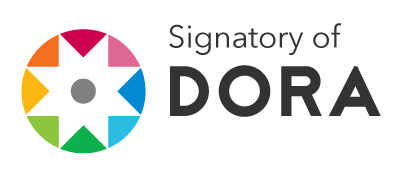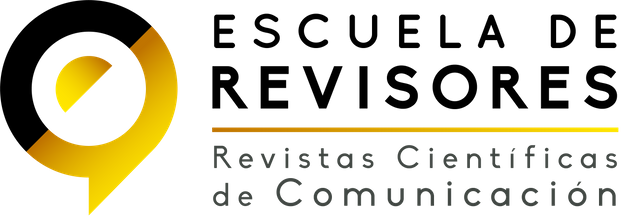Photographic surfaces: the rest, the trace and the images in crisis
DOI:
https://doi.org/10.24310/Fotocinema.2021.vi22.11727Keywords:
Argentine Photography, 2001 Crisis, Collective memory, Surface, Recent pastAbstract
This article takes, on the one hand, as a turning point the Argentine crisis of 2001 to thread certain works of Argentine artistic photography that intersect art and politics, evoking one of the experiences of that political-social outbreak. On the other hand, the article thinks of photography in its objectual nature from an important dimension of photographic materiality: its surface. Specifically, the visual strategies of two photographic groups will be displayed: the series Banks, by Juan Travnik (2003-2005) and Corralito, by Nuna Mangiante (2009). The photographic image, a surface itself, captures in these series the very surface of the spaces of the city in crisis, especially around its economic consequences and what was known as "the bank corralito". Their procedures and choices will define them as photographic memories of a past in crisis.
Downloads
Metrics
References
Batchen, G. (2004). Forget me not. Photography & Remembrance. Nueva York: Princeton Architechtural Press.
Bourdieu, P. (2008). El sentido práctico. México: Siglo XXI.
Didi-Huberman, G. (2008). La emoción no dice yo. En Didi-Huberman, Pollock, Rancière, Schweizer y Valdés (comp). Alfredo Jaar. La política de las imágenes. Santiago de Chile: Metales Pesados.
Didi-Huberman, G. (2014). Cortezas. Santander: Shangrila.
Dubois, P. (1986). El acto fotográfico. De la Representación a la Recepción. Barcelona: Paidós.
Centro Cultural Haroldo Conti (2012). Entrevista a Juan Travnik. Abril, Buenos Aires. En línea en http://conti.derhuman.jus.gov.ar/2012/04/noticias-entrevista-a-juan-travnik.shtml
Etchelecu, L. (2016). Juan Travnik. Fotógrafo, gestor cultural, curador. El gran otro del 27 de octubre. En línea en http://elgranotro.com/juan-travnik-fotografo-gestor-cultural-curador/
Edwards, E. y J. Hart (2004). Photographs Objects Histories. On the Materiality of Images. Nueva York: Routledge.
Flusser, V. (2015). El universo de las imágenes técnicas. Elogio de la superficialidad. Buenos Aires: Caja negra.
Fortuny, N. (2014). Memorias fotográficas. Imagen y dictadura en la fotografía argentina contemporánea. La Luminosa: Buenos Aires. Disponible también en https://issuu.com/espacioeclectico/docs/libro_natalia_fortuny
Fortuny, N. (2017). Leer el tiempo: memorias fotográficas de la crisis argentina de 2001. Photo & Documento Nro 4 – Diciembre 2017, Brasilia. http://gpaf.info/photoarch/index.php?journal=phd&page=article&op=view&path%5B%5D=172
Fortuny, N. (2018). Signo de (nuestro) tiempo. Fotografía, historia y dispositivos visuales a partir de la obra de Gabriel Valansi. En E. Rosauro y J. Solano (Eds.), Lámparas de mil bujías. Fotografía y arte en América Latina desde 1839 (pp. 346-371). Editorial Foc: México.
Fuks, J. (2014). El resplandor próximo. En J. Travnik. Paisajes. Nueva York: Antennae. Disponible también en línea: http://experimenta.biz/revistaexperimenta/15903-2/
Giunta, A. (2009). Poscrisis. Arte argentino después de 2001. Buenos Aires: Siglo XXI Editores.
Iñigo Carrera, N. y M. C. Cotarelo (2006). Génesis y desarrollo de la insurrección espontánea de diciembre de 2001 en Argentina. En G. Caetano (coord.), Sujetos sociales y nuevas formas de protesta en la historia reciente de América Latina. CLACSO, Grupos de Trabajo. En línea en http://bibliotecavirtual.clacso.org.ar/ar/libros/grupos/caeta/PICdos.pdf
Liernur, J. y F. Aliata (2004). Diccionario de arquitectura en la Argentina: estilos, obras, biografías, instituciones, ciudades. Buenos Aires: AGEA.
Lindner, L. (2014). Texto curatorial de la muestra Contemporáneo 31. Lo contrario de la magia, del 28.03.2014 al 27.07.2014. Buenos Aires: MALBA.
Longoni, A. (2004). Museo o revuelta, Revista Lezama Nº 6, Buenos Aires, septiembre 32–37.
Longoni, A. (2007). Encrucijadas del arte activista en Argentina. Revista Ramona nº 74, septiembre, 31–43.
Longoni, A. (2009). Activismo artístico en la última década en Argentina: algunas acciones en torno a la segunda desaparición de Jorge Julio López, e Introducción al Dossier "Arte y Activismo". En Revista de Artes Visuales Errata nº 0, Bogotá, Diciembre de 2009.
Mangiante, N. (2009). Corralito. Buenos Aires: Patricia Rizzo Editora.
Perret, D. (2009). El futuro de la memoria. En Mangiante, N., Corralito. Buenos Aires: Patricia Rizzo Editora.
Rancière, J. (2011). El destino de las imágenes. Buenos Aires: Prometeo.
Rubinich, L. (2009). No confundir 'gordura' con 'hinchazón'. En Mangiante, N., Corralito. Buenos Aires: Patricia Rizzo Editora.
Soulages, F. (2005). Estética de la fotografía. Buenos Aires: La marca.
Soulages, F. (2008). Para una nueva filosofía de la imagen. Revista de Filosofía y Teoría Política, (39). Disponible en: http://www.fuentesmemoria.fahce.unlp.edu.ar/art_revistas/pr.3625/pr.3625.pdf
Travnik, J. (2007). Los restos. Buenos Aires: Dilan Editores.
Travnik, J. (2014). Paisajes. Nueva York: Antennae.
Vázquez, C. (2011). Prácticas artísticas de protesta y política en la Ciudad de Buenos Aires (2003-2007). Tesis Doctoral. Facultad de Ciencias Sociales, Universidad de Buenos Aires, mimeo.
Zicari, J. (2014). El réquiem del uno a uno. Tres corridas bancarias y la instauración del corralito en el final de la convertibilidad, Realidad Económica, Buenos Aires, 33-65.
Downloads
Published
How to Cite
Issue
Section
License
All contents published in Fotocinema Revista científica de cine y fotografía are protected under the Creative Commons Attribution-NonCommercial-ShareAlike 4.0 International (CC BY-NC-SA 4.0) license. All about this license is available in the following link: <http://creativecommons.org/licenses/by-nc-sa/4.0>
Users can copy, use, redistribute, share and exhibit publicly as long as:
- The original source and authorship of the material are cited (Journal, Publisher and URL of the work).
- It is not used for comercial purposes.
- The existence of the license and its especifications are mentioned.
There are two sets of authors’ rights: moral and property rights. Moral rights are perpetual prerogatives, unrenounceable, not-transferable, unalienable, imprescriptible and inembargable. According to authors’ rights legislation, Fotocinema. Revista científica de cine y fotografía recognizes and respects authors moral rights, as well as the ownership of property rights, which will be transferred to University of Malaga in open access. The property rights are referred to the benefits that are gained by the use or the dissemination of works. Fotocinema. Revista científica de cine y fotografía is published in an open access form and it is exclusively licenced by any means for doing or authorising distribution, dissemination, reproduction, , adaptation, translation or arrangement of works.
Authors are responsable for obtaining the necessary permission to use copyrighted images.

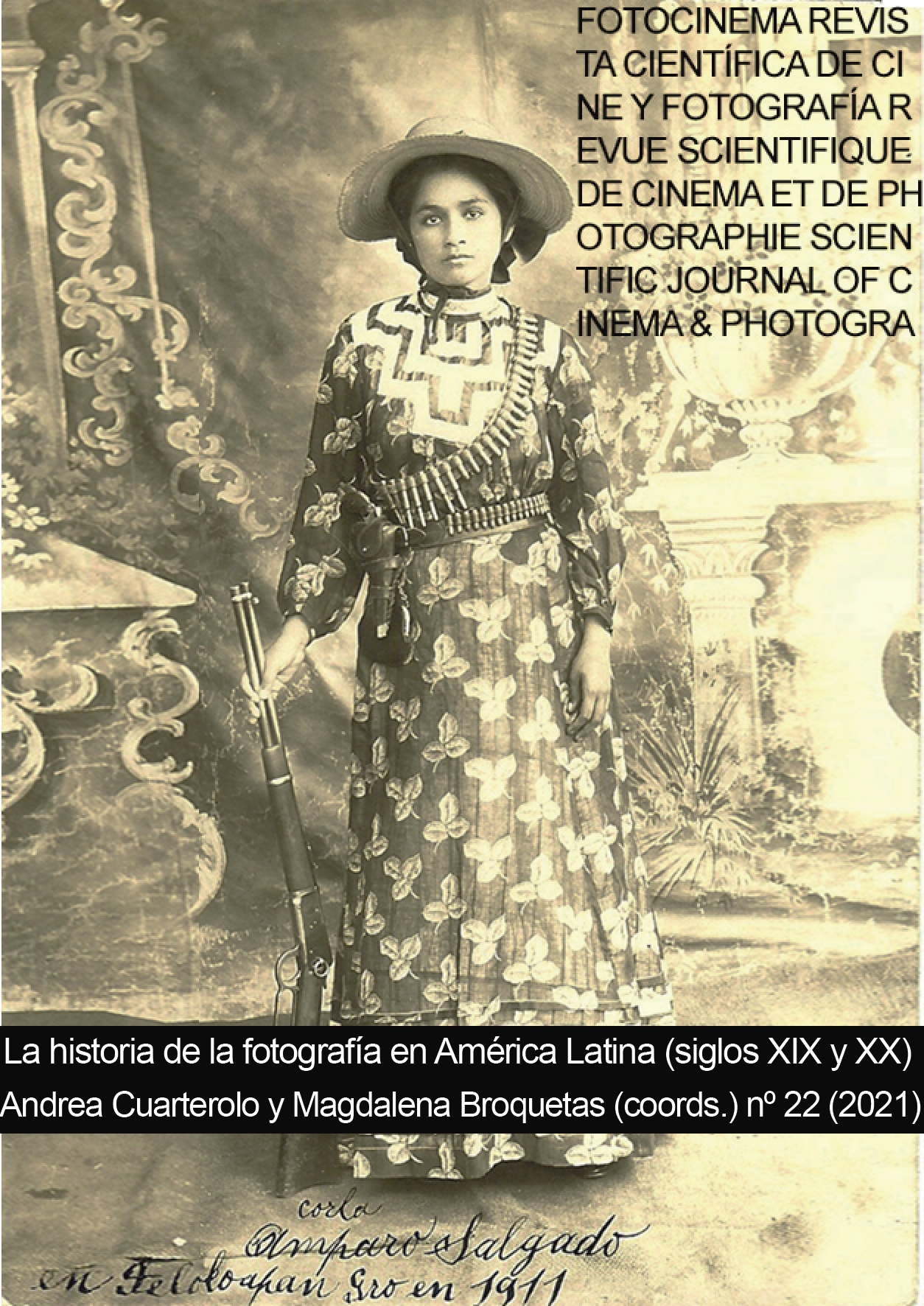






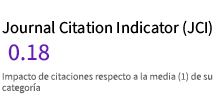

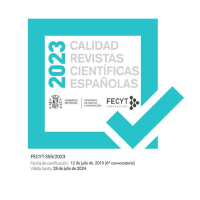


13.png)

